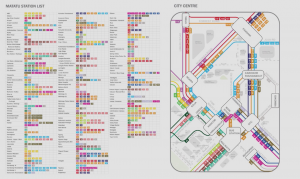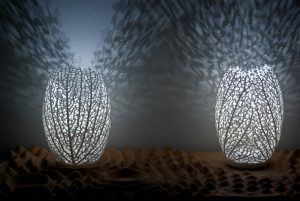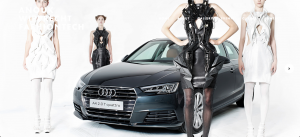Eyeo 2016 – Jenny Odell from Eyeo Festival // INSTINT on Vimeo.
Jenny Odell is an American from the San Francisco Bay Area. Her work combines the mining of online imagery with writing and research, usually in an attempt to highlight the material nature of our modern networked existence. Because her practice involves collecting, tagging and cataloguing, she has often been compared to a natural scientist – specifically, a lepidopterist. She teaches internet art and digital/physical design at Stanford.
http://www.jennyodell.com/
This talk analyses Hockney’s relationship toward technology — from a montage to faxes, early computer drawings, and a car-mounted camera system inadvertently reminiscent of StreetView — as a model for how an artist might engage new technologies without fetishising them. From there, the talk moves on to consider Daniel Jones and James Bulleys’ Living Symphonies, Camille Utterback’s Entangled, and Erica Molesworth’s Silicon Landscapes as contemporary examples that place people in the physical, embodied world. She tries to contextualize her own Bureau of Suspended Objects as an effort to use the digital as a portal back into the physical.
What I like the most about her presentation is that she makes processing seem like a thing that everyone should be taking an interest in – be in the the digital form or the more analogue form of processing which is done through the interaction of daily objects. She does this by taking objects everyone recognises and owns and makes that into art.
![[OLD FALL 2017] 15-104 • Introduction to Computing for Creative Practice](../../../../wp-content/uploads/2020/08/stop-banner.png)












